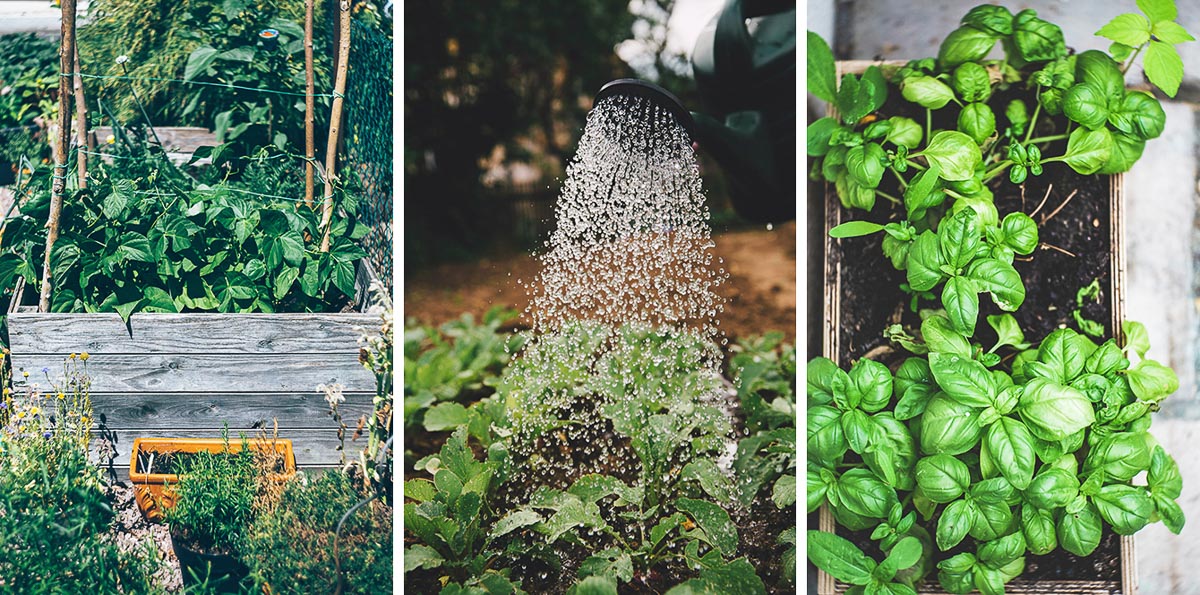The Main Principles Of City Blooming
The Main Principles Of City Blooming
Blog Article
Fascination About City Blooming
Table of ContentsThe Basic Principles Of City Blooming Our City Blooming IdeasThe Definitive Guide to City BloomingNot known Factual Statements About City Blooming 9 Simple Techniques For City Blooming
Interested in growing food for sale in the City of Chicago? Believing concerning beginning a community garden? Changes to the Chicago Zoning Ordinance enable agricultural usages like community yards and city ranches in several components of the city. Below is a checklist of frequently asked questions concerning the regulations and regulations that farmers must think about when intending a city agriculture task.
The zoning modification does not modify any kind of various other codes dealing with composting, structure permits, purchasing or renting City had property, business licenses or environmental contamination. There are existing codes that control these issues and they stay in full result and may be applicable to your task. Community gardens are usually owned or taken care of by public entities, public companies or community-based organizations and maintained by volunteers.
Urban ranches grow food that is meant to be sold, either on a not-for-profit or for-profit basis. Because of their business objective, city farms require a company permit. Yes. An area garden is permitted to sell surplus generate that was expanded on website if the sales are accessory or subordinate to the garden's main objective explained above.
The Basic Principles Of City Blooming
The quantity of compost product can not surpass 25 cubic lawns at any type of offered time according to the standards in 7-28-715 of the City's Municipal Code. Because the soil at a lot of brand-new garden sites needs changing, garden compost, soil, wood chips, or other products can be obtained to create or boost the expanding room.

If a building permit is called for then the hoophouse will certainly be taken into consideration an accessory building. You can learn even more about the building license needs by contacting the Division of Buildings. The 25,000-square-foot size restriction is intended to stop a single neighborhood yard from controling a given block or taking away from the block's existing residential or industrial personality.
The limitation does not relate to yards found in Public have a peek at these guys Open Room (POS) areas. Can there be more than one community garden that is 25,000 square feet on a solitary block? Yes. The dimension restriction applies to specific gardens, not to private blocks. No. Fencing is not called for, however, yards that have large auto parking areas might be required to install fencing or various other landscaping features.
The Basic Principles Of City Blooming
B1 & B2 districts call for that all industrial use tasks be performed inside your home. Is secure fencing required for metropolitan farms? Fences might be required, along with landscape design and testing, for specific vehicle parking areas and outdoor job or storage locations depending on place and the specific task taking place.
Yes. Urban farms require structure licenses and zoning authorizations before building and construction. Various other types of city evaluation may be required relying on certain structures, tasks, dimension, landscape design, licensing, public health and stormwater administration concerns. Many of these needs are determined in the job layout or allowing procedure, however, the applicant might be accountable to individually identify particular licenses or allows that may be needed.
Yes. The kind of certificate is identified by what is occurring at the site. The Division of Service Affairs and Customer Security can aid figure out the details sort of organization license that's required. Yes. Off road car park is needed for many commercial projects in Chicago. The called for number of garage is based upon the variety of employees functioning on site and not the square video footage of the expanding area.
City Blooming Fundamentals Explained

An urban ranch can offer compost material generated on site, nevertheless, the procedure must comply with the laws in 7-28-715 of the Chicago Municipal Code. Aquaponic systems are allowed inside your home on city ranches in many zoning areas.
Up to 5 hives or nests of honey may be kept as an accessory usage. Beekeepers should register with the Illinois Division of Farming. For more info about the recommended zoning amendment you may call the Department of Housing and Economic Growth, Bureau of Planning and Zoning at 312.744.8563.
Farming in cities and metropolitan locations A city farm in Chicago. Urban agriculture describes numerous techniques of cultivating. https://us.enrollbusiness.com/BusinessProfile/6739712/City%20Blooming#google_vignette, handling, and dispersing food in urban areas. The term additionally puts on the area activities of animal husbandry, aquaculture, beekeeping, and horticulture in a metropolitan context. Urban farming is differentiated from peri-urban agriculture, which happens in rural locations at the edge of suburbs.
Indicators on City Blooming You Should Know
, who seek to create social networks founded on a common values of nature and community holism. These networks can establish by way of official institutional support, coming to be incorporated right into regional town planning as a "change town" activity for sustainable city development.
The a lot more direct access to fresh vegetable, fruit, and meat products that might be become aware with urban farming can enhance food protection and food security while lowering food miles, resulting in lower greenhouse gas exhausts, thereby adding to environment change mitigation. Some of the very first proof of city farming originates from Mesopotamia.
Report this page